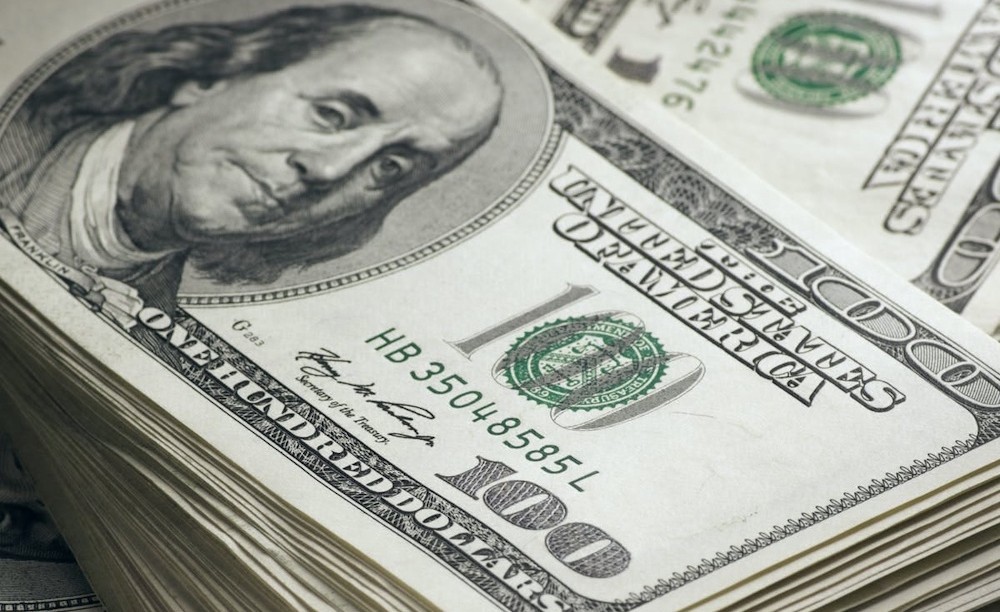
On Thursday, the U.S. dollar experienced a decline against the euro and Swiss franc for the second consecutive session, as data indicated a weakening U.S. labor market, which heightened expectations for another rate cut this year. Meanwhile, sterling appreciated following the Bank of England’s decision to maintain rates steady in anticipation of this month’s budget. The central bank was anticipated to maintain rates at their current levels, despite markets assigning a one-in-three probability to a potential cut earlier in the process.
In October, U.S.-based employers reduced their workforce by over 150,000 positions, representing the largest decline for that month in over two decades, according to a report. This trend is attributed to industries implementing AI-driven transformations and increasing cost-cutting measures. Investor interest has surged due to economic data from sources, particularly in light of the U.S. government’s longest-ever shutdown, which has left a void in official data. Thursday’s decline in the dollar comes on the heels of a robust rally that began last week, as the Federal Reserve moderated expectations for further cuts this year in light of constrained economic data, ongoing inflation, and internal discord among policymakers. “The decline in the dollar observed this morning was mostly expected,” stated Antonio Ruggiero. “The absence of data due to the government shutdown resulted in investors amplifying their optimism regarding the U.S.,” he stated.
“When figures such as the Challenger layoff report surface, they readily instill apprehension among investors who remain skeptical about the sustainability of enhanced USD sentiment. That’s enough to prompt position unwinds, driving the dollar lower,” Ruggiero stated. Market participants currently assign a 69% likelihood to a rate cut in December, an increase from the 62% observed the day prior. Nonetheless, this is still significantly lower than the approximately 98% probabilities factored in during late October. The euro appreciated by 0.49% against the dollar, reaching $1.1547, whereas the dollar declined by 0.42% to 99.70 when measured against a basket of key competitors, which includes the euro. The S&P 500 declined by more than 1%, while the Nasdaq experienced a drop of almost 2%. The dollar experienced a decline of 0.49% against the Swiss franc, settling at 0.806, and decreased by 0.66% versus the yen, now at 153.09 yen. This marks a retreat from the nearly nine-month peak of 154.48 yen reached on Tuesday. Sterling experienced an increase of 0.3%, trading at $1.3088. The value reached a seven-month low of $1.3011 on Wednesday. Prior to the BoE meeting, market participants were estimating a one-in-three probability of a rate cut, whereas the majority of analysts anticipated that the central bank would probably maintain its current stance. By next month, the BoE will have reviewed the official inflation and employment data for October and November, and will assess the anticipated tax increases outlined in finance minister Rachel Reeves’s budget scheduled for November 26.
On Tuesday, Reeves set the stage for significant tax increases to prevent a reversion to “austerity,” characterizing her second annual budget as one filled with “hard choices” aimed at safeguarding public expenditure while addressing Britain’s debt levels. “We had anticipated a more definitive Sterling-positive response to a hold today, which aligns more closely with the ensuing retracement,” stated analysts. “From a broader perspective, the subdued FX reaction today and the BoE’s unexpected decision, while indicating a willingness for further easing in the upcoming months, aligns closely with market participants’ expectations. Although the final rate decision was more binary, it maintains the outlook for gradual Sterling underperformance in the months ahead, in our assessment.” The Norwegian crown appreciated by 0.36% against the euro, reaching 11.78, following the rate decision made by Norges Bank on Thursday. Against the dollar, it remained unchanged at 10.204 krone. Norway’s central bank maintained its policy interest rate at 4.0% to address inflationary pressures, aligning with the unanimous predictions made by analysts in a Reuters poll, and emphasized that additional easing is probable in the upcoming year. Norges Bank initiated the ongoing easing cycle in June and subsequently reduced the policy rate once more in September.
